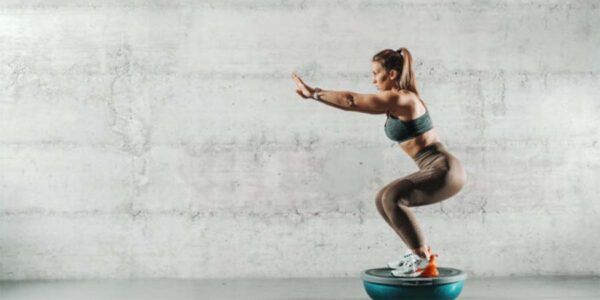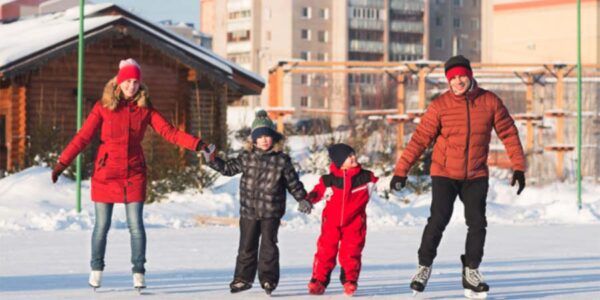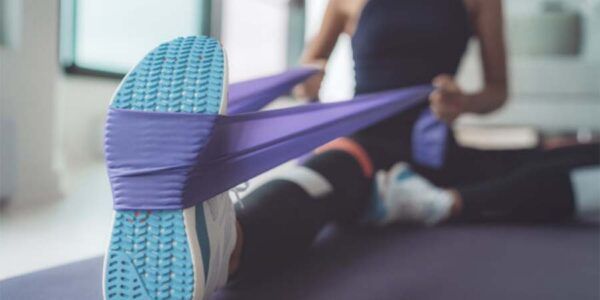What is the time to ice skating?
Figure skating is known as a gracious and beautiful sport regardless of the discipline; singles, pairs, ice dancing and synchronized. Professionals train so hard that they make it look so easy. While skating requires lots of balance, aerobic endurance and strength and you can certainly benefit from the activity even if you aren’t a seasoned professional.
Falling and Getting Right Back Up
One thing you gain by learning to skate is stability or balance. Standing with two feet on thin blades for some can be difficult. One of the first lessons that is taught to anyone learning how to skate is how to fall and get back up without using any support. You can develop a strong core by developing stability as well as fast reaction time.
Reaction time in this case is when there is a loss of control due to a slip and the body adjusts itself to prevent a fall. The longer the reaction time, the more likely the individual will fall. For adults, working on reaction time is important to prevent falls in the future.
Some exercises to improve reaction time and stability:
- Balancing on one leg while passing/catching a ball.
- Balancing on an unstable surface such as a BOSU ball or swiss ball.

A Whole-Body Workout
Aerobic endurance can also be gained when leisurely skating. By pushing into the ice to glide forwards or backwards uses body power and can increase your heart rate. This is one component of fitness that professionals mostly train to be able to withstand a 4 minute high intensity program.
In leisure skating, you can take it slow or high speed, there is no limit but either way the aerobic endurance is still being worked from the effort it takes to glide forwards or backwards.
Lastly, muscular strength and endurance can be gained as well. In order to glide your body needs force to press into the ice to push forwards or backwards. Doing so allows the lower body muscles to be engaged and builds strength.
Skating is a whole-body workout, not only does it need lower body power but in order to stabilize and be well-balanced, it is always recommended to extend the arms by your side which works muscular endurance in the arms.

Simple Exercises
Injuries in skating whether leisurely or professionally are mainly muscular strains and sprains (commonly ankle sprains and hamstrings and groin strains) due to hyper flexibility which causes tears in the ligaments and muscular tissues.
Other common injuries:
- Concussions.
- Stress fractures in the legs.
- Cuts.
This is why professionals in figure skating see a specialist (physiotherapist, massage therapist, kinesiologists, etc.) regularly to prevent injuries and know how to properly train.
Ways to avoid these injuries:
- Doing a static stretch combined with a muscle contraction without movement especially to the hamstrings and the groin area using resistance bands, for example.
- Strengthening the ankles either with resistance bands or by doing calf raises with or without additional weights.

Reflections from a pro
My experiences of figure skating have been mainly in the synchronized skating discipline. Where our team has won national and international titles. What I’ve learned from my experiences is that we train just as much off ice than on ice and discipline to keep to a schedule/routine.
Practices would be between 3-5 hours daily including both on ice and off ice training. Skating has been a passion of mine since I started and used it as a form of expression, which is why I now coach so I continue to be creative and expressive.
Get out there!
If you are planning to get outside and get active with your family this winter you can also draw inspiration from professional skaters. Staying flexible, stretching before you hit the ice and working on your muscular strength with some simple exercises such as box jumping or strapping on some resistance bands…
Will all help in preventing injuries and increasing the family fun factor!

